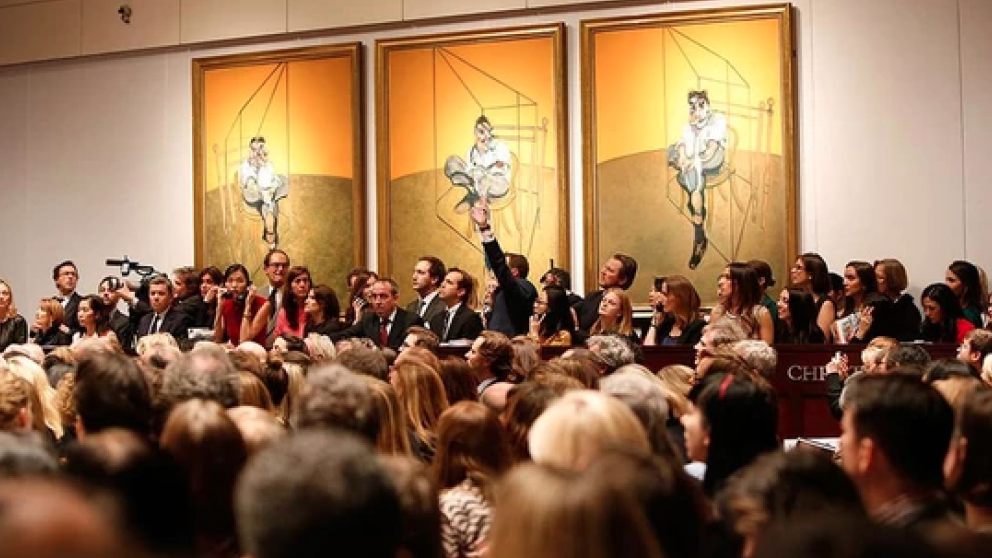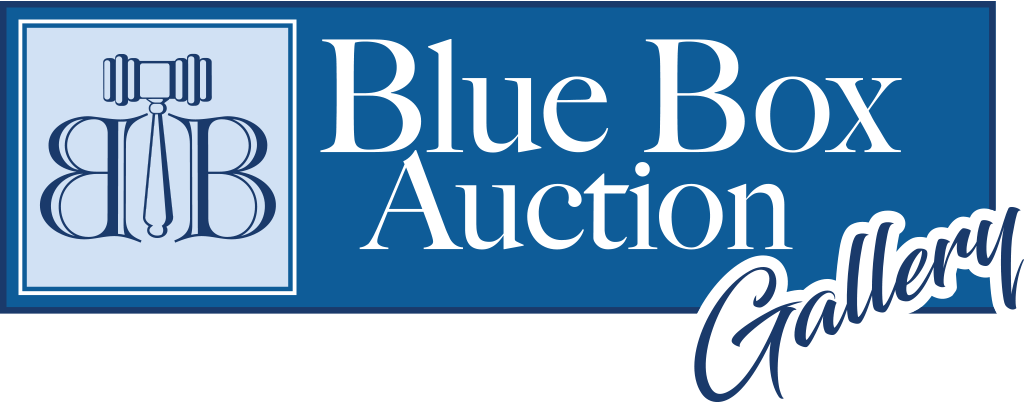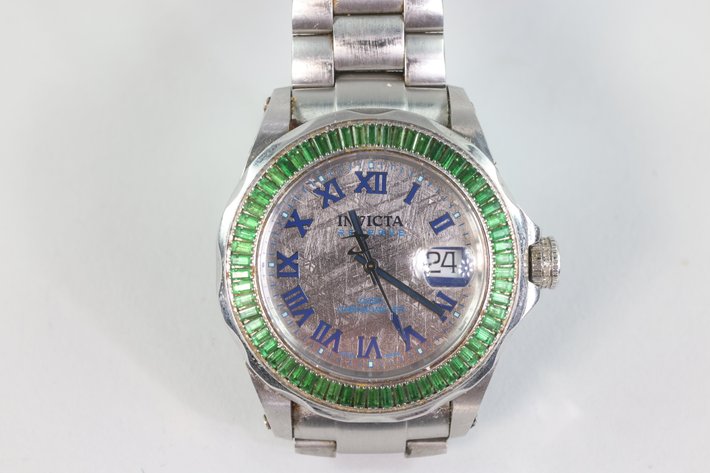
You must first find the value of your collection, This is called getting a "valuation". It could also include other collectibles like jewelry, cars, or wine. If it's a serious collection of, let's say, over 15 pieces of art, you can have an auction house come by and give you auction estimates, which are free of charge. And then you'll have, at least, a rough idea of what the artworks are worth collectively, and individually.” A database system like Artwork Archive is an important tool to organize not only artwork information and provenance records but also various appraisals and professional correspondence.
Shop around for the best estimates
If a collection is varied across numerous genres, objects, mediums, etc., an auction house can create a comprehensive appraisal due to their range of in-house “specialists.” Try to get estimates from at least two auction houses, if possible, then you can compare those estimates from one auction house to the other to determine who will get your business. The estimate is essentially a price range that the auction house believes the artwork will sell for. A reserve is the lowest price that the auction house will accept for a piece. If bidding doesn’t reach a reserve price, then the work is “bought-in” by the auction house, which is bad for the artist (because it could negatively affect their primary market prices) and, obviously, bad for the seller.
In this case, because the work essentially failed to sell (and is now “burned,” in art world parlance) it's unlikely that another auction house will want to take it on consignment. That’s the risk with selling at auction and why estimates are so important.
Hammer Time — and other auction house terminology to know
Like any fiscal transaction, there are almost always fees with selling (or buying) at auction. And, because the art world loves its own lexicon, these associated costs have special terms. Amelia breaks down the vernacular below:
The hammer price is what an artwork ‘hammers for’ plus a buyer's premium. When a consignor is selling at auction, the amount of money they receive is the hammer price less any seller’s commission.
A buyer's premium is public knowledge and is set in advance. Everyone pays the same buyer's premium — it is a fixed number. You can read what it is on the auction house’s website.
The seller’s commission is variable. It usually ranges from 0% to 10%.
The enhanced hammer price varies, and it is based on the value of the collection and the competitive nature of the collection. This is why you should get more than one proposal before you decide where to consign your collection. Then you can compare the offerings, not only of the estimates but also of the costs to consign and the rate of seller’s commission to be charged.
Guarantees are always attractive to sellers. There are two types of guarantees:
- third-party guarantee is when an individual promises to buy a consigned piece for a set amount of money. This assures the seller that, no matter what, they will receive some payment for their consignment.
- house guarantee is when the auction house itself guarantees a seller a certain sum of money. Auction houses typically only do house guarantees for entire collections — generally estates with hundreds of artworks and a value level of, on average, $20 million-plus.
With a guarantee of any kind — third party or house guarantee — it’s important to understand that it is a minimum guarantee. That means the seller could still make more money than the guarantee stipulates. So if you have a guarantee for $2 million on an important painting, but the painting sells for $3 million, then you will get the $3 million (less whatever costs). As is evident from this example, such guarantees typically only happen on the extremely high end of the market, with the most valuable pieces.
Who sold it better? Auction houses vs. Galleries
If you are the world's biggest collector, or if you're just starting out, if you want to buy or sell, we want to talk to you. Often, this is not the case with galleries.
Galleries have very different interests. They generally work for their artists (or artist estates) and so where and with whom they place the work is the most important thing. And they want to place the work for the long term.
If you have only a couple of artworks, and you want to know what they’re worth, you can just follow the instructions on our website And then your query will be routed to the right person who can give you an estimate. We are very interested in providing those estimates — auction houses provide estimates free of charge. Appraisals usually cost money, but estimates are free — which is why if you only have 10 or 15 works, you might just want to get estimates to start with.
In general, the art that will sell the best at auction is, unsurprisingly, by artists who have already sold well at auction. That’s because part of what we do in our intelligence gathering is to determine who the likely buyers of a particular work are based on their buying history.” Auction houses are legacy businesses — the first auction houses date back to the 17th century. The auction is thus a time-tested strategy to achieve the highest price for whatever goes “under the hammer,” especially when it comes to estates and works by well-known artists.













